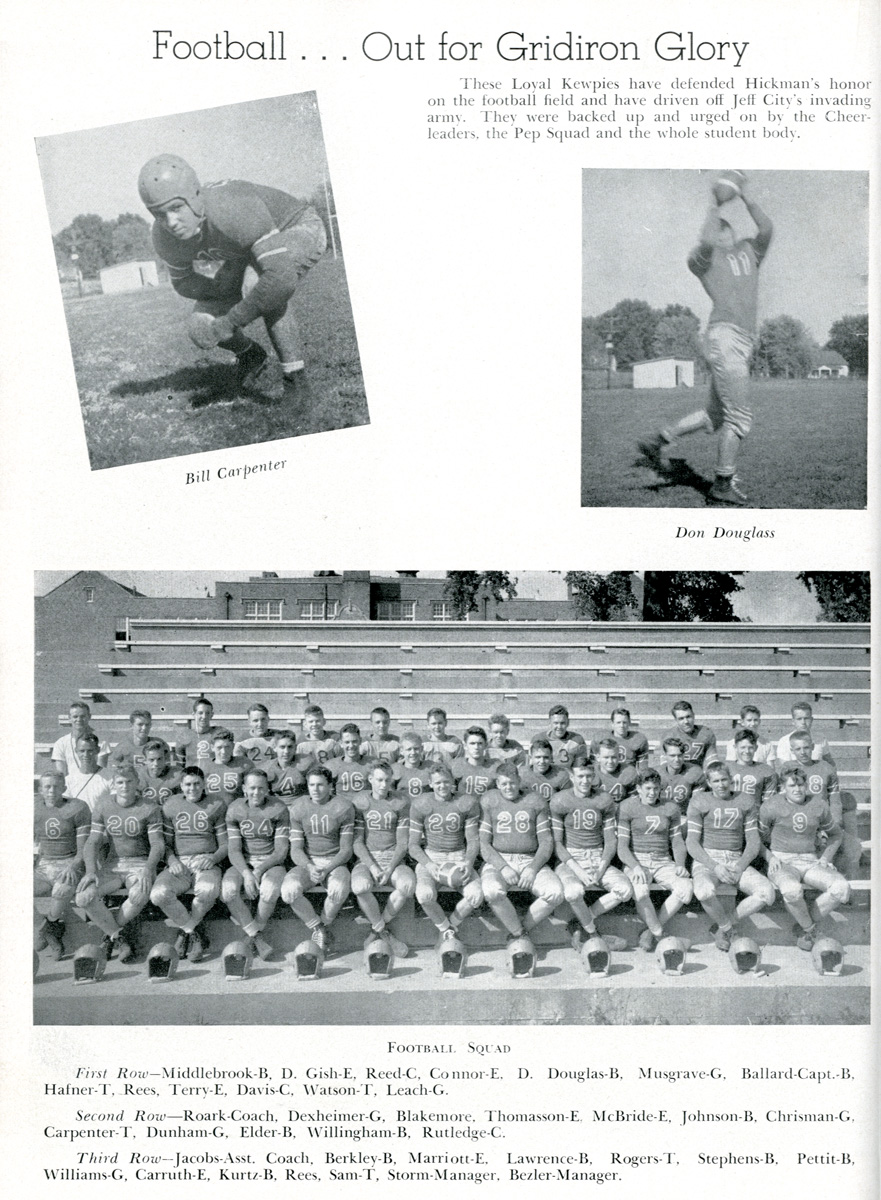

And if the Wolverines can figure out how to beat their archrivals in Columbus, Michigan will continue its climb back up this ranking. The Wolverines didn't fare as well in the middle 50 years of college football, but with the arrival of Bo Schembechler in Ann Arbor for the centennial season in 1969, Michigan reestablished itself as one of the sport's marquee programs. The first great "Western" power dominated what we now know as the Big Ten through the 1920s, winning seven of its nine national titles from 1901 to 1933. History tells us that the Trojans' current sabbatical from the top of the game won't last long. John McKay and Pete Carroll both won a lot and escaped to the NFL, and the NCAA cleaned up after. Since Howard Jones established USC as a dominant program before World War II, USC's power has flowed way more than it has ebbed. The Trojans rank in the top 10 of three of our five categories. USCĬollege football royalty on the West Coast arrives on a white horse named Traveler. That's how the state university of the state that ranks 28th in population has maintained its status among the sport's elite for three-quarters of a century. From Wilkinson to Barry Switzer to Bob Stoops to the current head coach, Lincoln Riley of Muleshoe, Texas, the Sooners have done of a great job of bringing talent north from the rich soil of the Lone Star State. Oklahoma has rarely taken a year off from the top since Bud Wilkinson took over in 1947. That's because five of the Buckeyes' six coaches since 1951, from Woody Hayes to Urban Meyer, are either in the College Football Hall of Fame or waiting for the call (Meyer will be eligible in 2021). It will come as news in Tuscaloosa that Ohio State finished first in our rating since 1969. Ohio Stateīuckeyes fans are known to be demanding, but that's because they've grown accustomed to excellence. But Brian Kelly has the Irish knocking at the door again. The Hall of Fame coaches who carried the burden of working in his shadow - Frank Leahy, Ara Parseghian, Dan Devine and Lou Holtz - maintained Notre Dame's dominance. The genius of Knute Rockne made the Irish a national team in a regional sport. If you took a snapshot of the middle of college football's life - from its 50th anniversary in 1919 through its 125th birthday in 1994 - the Fighting Irish would be an easy No. Without Ears, Bear Bryant wouldn't have heard Mama call. Everyone wins there - except Ears Whitworth (4-24-2, 1955-57).

The Crimson Tide's history is a panorama of strength and longevity: From Wallace Wade in 1925 to Nick Saban five times in the past decade, four coaches have won a national championship. Bear Bryant won six national championships at Alabama, including one in 1978 after beating Ohio State 35-6 in the Sugar Bowl, where the team carried him off the field. With all of these considerations, we created a formula (noted at the bottom of the page) to rank college football's greatest programs across all divisions using one metric. And the first 50 years, for all they gave us, were just a shadow of today's sport due to large-scale scheduling inequities and rules and a scoring system that were still in flux. The previous 50 years (the middle 50) were less so due to segregation and some regionalized scheduling that still allowed for occasional games against non-college teams. In our judgment, integration and scholarship limitations have made the past 50 years the most competitive the game has seen. Fortunately, the NCAA decided that issue for us with its official list of major-college champions.Īll season long, ESPN will celebrate the 150th anniversary of college football. While some early game outcomes are even disputed between teams, national titles are subject to far greater debate.

Teams should be judged by winning games and winning championships, since those records exist all the way back to the early years. Our goal: Honor the accomplishments of teams across 150 seasons and all divisions, while rewarding successful programs at the highest level in the sport's most competitive era. Several months ago, our Stats & Information Group was presented with a huge challenge: to rank the top programs in college football history.


 0 kommentar(er)
0 kommentar(er)
